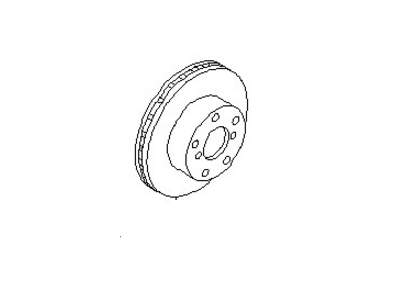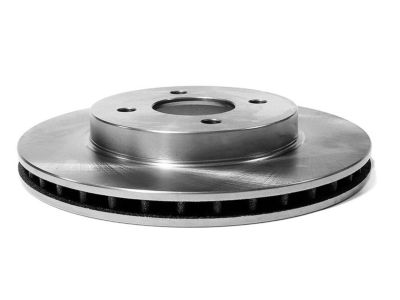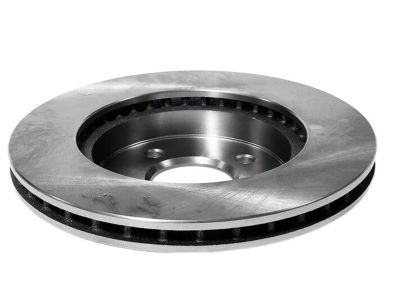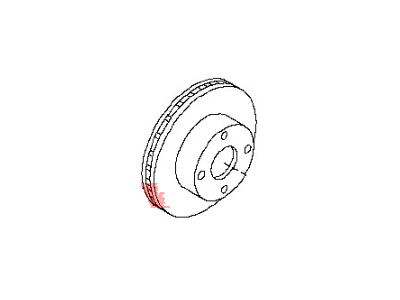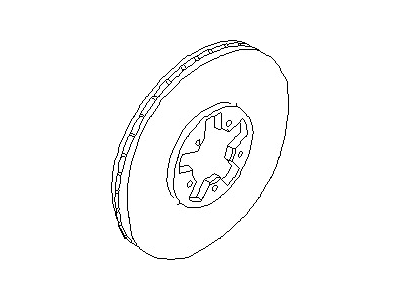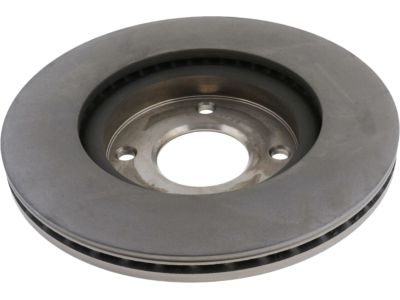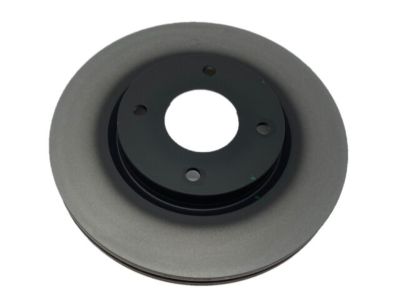×
- Hello
- Login or Register
- Quick Links
- Live Chat
- Track Order
- Parts Availability
- RMA
- Help Center
- Contact Us
- Shop for
- Nissan Parts
- Nissan Accessories

My Garage
My Account
Cart
Genuine Nissan Versa Brake Disc
Disc Rotor- Select Vehicle by Model
- Select Vehicle by VIN
Select Vehicle by Model
orMake
Model
Year
Select Vehicle by VIN
For the most accurate results, select vehicle by your VIN (Vehicle Identification Number).
12 Brake Discs found

Nissan Versa Rotor-Disc Brake,Front
Part Number: 40206-1HL0C$86.44 MSRP: $125.18You Save: $38.74 (31%)Ships in 1-3 Business Days
Nissan Versa Rotor-Disc Brake,Front
Part Number: 40206-1HL0B$86.44 MSRP: $125.18You Save: $38.74 (31%)Ships in 1-3 Business Days
Nissan Versa Rotor Disc Brake Front
Part Number: 40206-AZ61A$79.41 MSRP: $115.00You Save: $35.59 (31%)Ships in 1-3 Business DaysNissan Versa Rotor-Disc Brake,Front
Part Number: 40206-5RB0A$84.93 MSRP: $123.00You Save: $38.07 (31%)Ships in 1-3 Business DaysNissan Versa Rotor Disc Brake Front
Part Number: 40206-ZW90A$84.93 MSRP: $123.00You Save: $38.07 (31%)Ships in 1-3 Business DaysNissan Versa Rotor-Disc Brake,Front
Part Number: 40206-1HL0A$84.93 MSRP: $123.00You Save: $38.07 (31%)Ships in 1-3 Business DaysNissan Versa Rotor Disc Brake Front
Part Number: 40206-1HL0E$86.44 MSRP: $125.18You Save: $38.74 (31%)Nissan Versa Rotor Disc Brake Front
Part Number: 40206-AZ60A$79.41 MSRP: $115.00You Save: $35.59 (31%)Ships in 1-3 Business Days

Nissan Versa Brake Disc
If you need any OEM Nissan Versa Brake Disc, feel free to choose them out of our huge selection of genuine Nissan Versa Brake Disc. All our parts are offered at unbeatable prices and are supported by the manufacturer's warranty. In addition, we offer quick shipping to have your parts delivered to your door step in a matter of days.
Nissan Versa Brake Disc Parts Questions & Experts Answers
- Q: How do you properly replace and install brake discs on Nissan Versa?A:Loosen the wheel lug nuts, raise the vehicle, and support it securely on jackstands. Remove the wheel and install the lug nuts to hold the disc in place; if the lug nuts don't contact the disc when screwed on all the way, install washers under them. Remove the Brake Caliper without disconnecting the brake hose, and suspend the caliper out of the way with a piece of wire after removing the caliper bolts. Visually inspect the disc surface for score marks and other damage; light scratches and shallow grooves are normal, but deep scoring over 0.039-inch requires disc removal and refinishing. Check both sides of the disc, as severe wear may necessitate replacement. To check disc runout, place a dial indicator about 1/2-inch from the outer edge of the disc, set it to zero, and turn the disc; the reading should not exceed the allowable runout limit. Resurfacing the discs when replacing brake pads is advisable to ensure a smooth finish and eliminate brake pedal pulsation. The disc must not be machined to a thickness under the specified minimum allowable refinish thickness, which can be checked with a micrometer. Remove the two caliper mounting bracket bolts and detach the caliper mounting bracket. Remove the lug nuts and the disc from the hub; if a rear disc won't come off, remove the rubber plug from the parking brake adjuster hole and use a small screwdriver to retract the parking brake shoes. Place the disc in position over the threaded studs, install the caliper mounting bracket over the disc, and tighten the bolts to the specified torque. Install the caliper and tighten the bolts to the specified torque, then install the wheel, lower the vehicle to the ground, and tighten the lug nuts to the specified torque. Depress the brake pedal a few times to bring the brake pads into contact with the disc, and check the operation of the brakes carefully before driving the vehicle.

